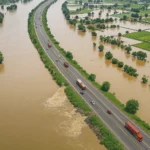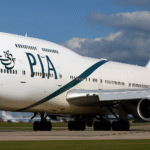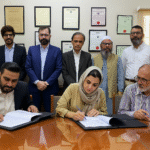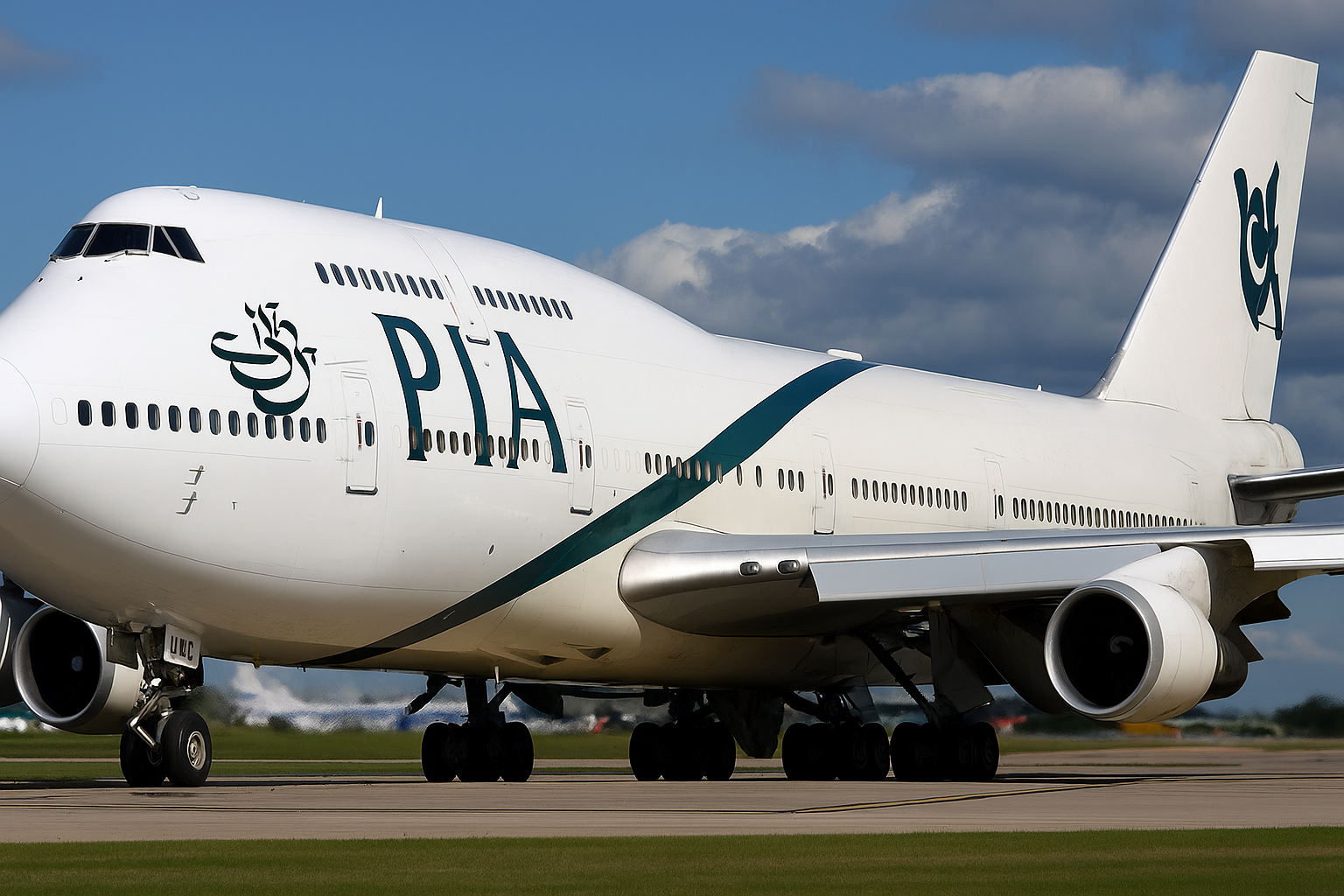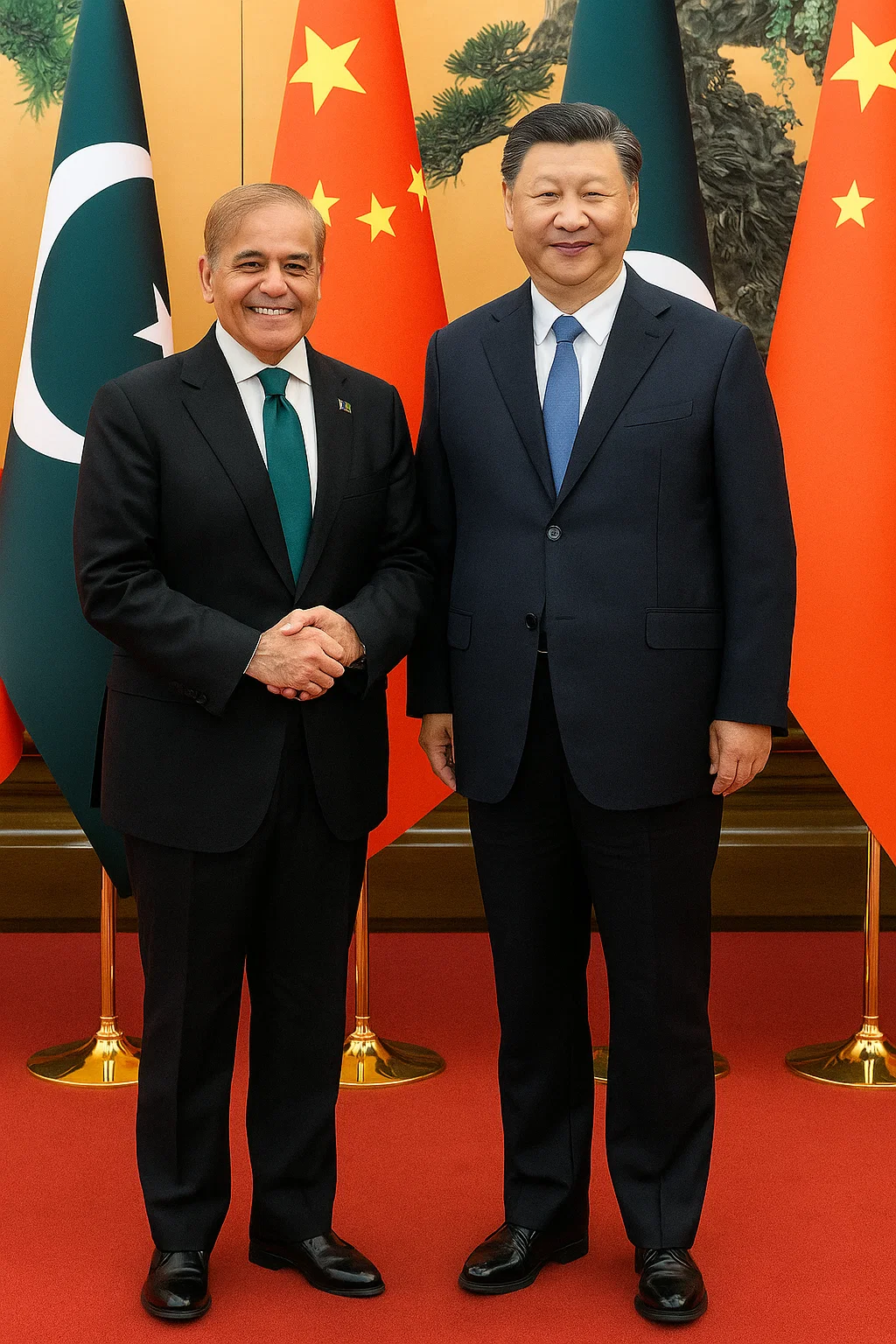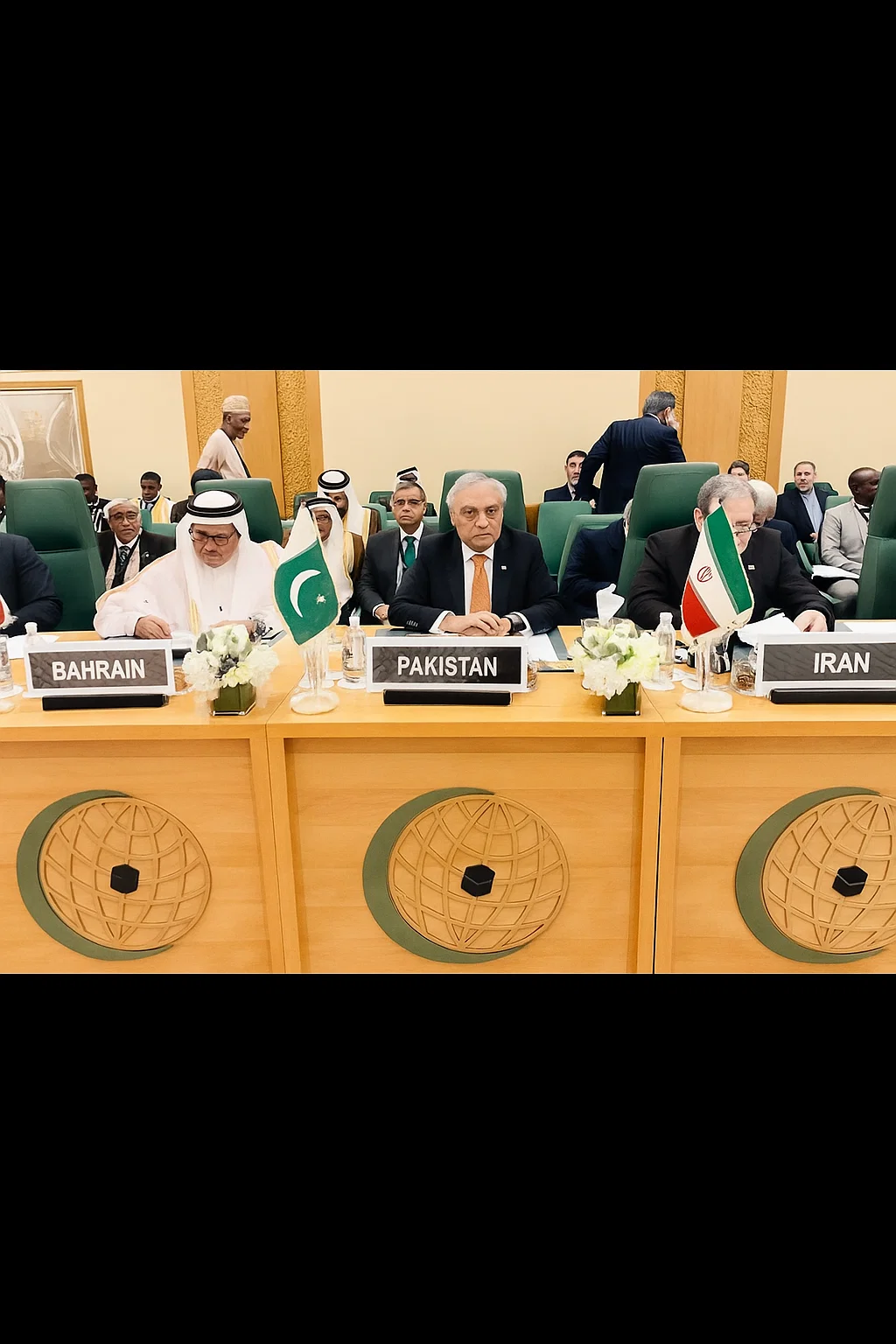For over a decade, Burj Khalifa has reigned supreme as the tallest building on Earth, a towering icon of Dubai’s ambition and innovation. Rising to an extraordinary height of 828 metres, it has captured the imagination of the world, becoming more than just a skyscraper — it is a global symbol of progress, wealth, and futuristic design. Tourists flock daily to its observation decks, and its silhouette has become inseparable from Dubai’s identity. Yet, the unrivled dominance of Burj Khalifa may soon face its toughest challenge as Saudi Arabia unveils mega-projects that could reshape the global skyline.
Burj Khalifa: A Global Icon of Engineering
When the Burj Khalifa opened in 2010, it broke every record imaginable. Taller than any structure ever built, its sheer scale redefined what humanity believed was possible in architecture and engineering. For Dubai, it wasn’t just about height — it was about signeling to the world that the city was a modern metropolis capable of leading global innovation.
More than 160 floors of luxury apartments, offices, restaurants, and observation platforms turned Burj Khalifa into a living city in the sky. Its breath taking fireworks displays on New Year’s Eve became a worldwide spectacle. For 15 years, no rival structure has come close to dethroning the Burj Khalifa as the tallest tower.
But now, Saudi Arabia has entered the race.
Rise Tower: Saudi Arabia’s Boldest Vision
In Riyadh, Saudi Arabia is planning the Rise Tower, a futuristic skyscraper that, if completed as envisioned, will more than double the height of Burj Khalifa. Expected to reach a staggering 2,000 metres, this mega-tall tower would stand as a symbol of Saudi Arabia’s growing influence on global architecture.
The design envisions nearly 700 floors, featuring luxury hotels, offices, fine dining restaurants, and panoramic viewing platforms that will allow visitors to see Riyadh like never before. At the heart of the city’s ambitious “North Pole” development, the tower will not only break records but will also transform Riyadh into a modern hub for business, tourism, and technology.
Should Rise Tower be realized, the era of Burj Khalifa as the ultimate height champion would come to an end. But the symbolic rivalry goes deeper than engineering — it represents the competition between two Middle Eastern giants for global prestige.
Jeddah Tower: Back on Track
Meanwhile, in Jeddah, work has resumed on another contender: the long-awaited Jeddah Tower. Initially announced over a decade ago, the skyscraper faced repeated delays due to financial and logistical setbacks. But construction is now moving forward once again, with over 60 floors already completed.
Once finished, the Jeddah Tower will surpass one kilometre in height, making it the first building in history to break the 1,000-metre barrier. Its developers envision a multi-purpose structure with luxury apartments, corporate offices, a world-class hotel, and a massive observation deck overlooking the Red Sea.
If completed within the next few years as expected, Jeddah Tower will become the closest direct rival to the Burj Khalifa, potentially surpassing Dubai’s crown jewel in height and prestige.
The Symbolism of Burj Khalifa
Even as competition mounts, the Burj Khalifa continues to shine as an icon of human ambition. Its symbolic value far exceeds its height. For Dubai, the Burj Khalifa is proof of its transformation from a desert trading hub to a global city that attracts millions of tourists, investors, and innovators every year.
The tower has generated billions in tourism revenue, boosted Dubai’s global branding, and set new benchmarks for urban development. Its lighting displays and international visibility cement its status as a cultural landmark. Even if another tower surpasses it in height, the Burj Khalifa will remain unmatched in influence and recognition for decades to come.
Rivalry Beyond Height
The global race for the tallest skyscraper is not just about numbers. The competition between Burj Khalifa and Saudi Arabia’s upcoming towers is also about redefining the future of urban living. Modern mega-towers are designed as “vertical cities,” combining residential, business, entertainment, and green technologies under one roof.
For Saudi Arabia, building higher than the Burj Khalifa means more than prestige — it signals economic diversification and global leadership as the kingdom moves beyond oil dependency. For Dubai, maintaining the allure of Burj Khalifa requires continuous reinvention, adding new attractions and ensuring that the world’s tallest building remains the world’s most admired.
Read more:
https://freedompakistan.com.pk/arabian-sea/
Engineering Feats and Challenges
Constructing a building taller than the Burj Khalifa comes with enormous challenges. Structural stability, wind resistance, elevator systems, and energy efficiency are all pushed to their limits in mega-tall towers. Dubai’s Burj Khalifa pioneered many solutions, including a unique buttressed-core structural design that allowed it to soar safely into the sky.
Saudi Arabia’s projects will need to push those innovations even further. A 2,000-metre tower like the Rise Tower will test engineering in ways never attempted before. Questions remain about feasibility, cost, and environmental impact. Still, the ambition to surpass the Burj Khalifa reflects humanity’s unending quest to reach new heights.
A Changing Skyline in the Middle East
Together, Rise Tower, and Jeddah Tower represent the Middle East’s vision of becoming the epicentre of modern architecture. In the past, the tallest buildings were symbols of Western industrial and economic dominance. Now, Dubai and Saudi Arabia are at the forefront of reshaping that narrative.
This rivalry goes beyond vanity projects; it is about attracting global investment, tourism, and innovation. By building structures that capture the world’s attention, both Dubai and Riyadh are competing to position themselves as cities of the future.
Will Burj Khalifa Remain Iconic?
Even if surpassed, the Burj Khalifa will not fade into irrelevance. Just as the Eiffel Tower remains an enduring icon of Paris despite taller towers existing elsewhere, Burj Khalifa will always symbolize Dubai’s rise. Its cultural impact, tourism magnetism, and architectural brilliance will ensure its legacy as one of the most important buildings in modern history.
In fact, some experts argue that even if Saudi towers are taller, they may struggle to match the global brand recognition of the Burj Khalifa. After all, records can be broken, but cultural icons endure.
Conclusion: A Future Beyond the Burj Khalifa
For now, the Burj Khalifa continues to dominate the skies as the world’s tallest building, standing as a proud symbol of Dubai’s ambition. Yet, the horizon is shifting. With Saudi Arabia’s Rise Tower and Jeddah Tower gathering momentum, the days of Burj Khalifa’s unchallenged reign could be numbered.
But whether or not it is dethroned, the Burj Khalifa has already secured its place in history. It has inspired a generation of architects, engineers, and dreamers. It has proven that the impossible can be achieved. And most importantly, it has shown that skyscrapers are not just about height — they are about vision, identity, and the future of human civilization.
In the grand race for the skies, the legacy of Burj Khalifa will remain untouchable, even as the world looks toward the next record-breaking towers rising in Saudi Arabia.



